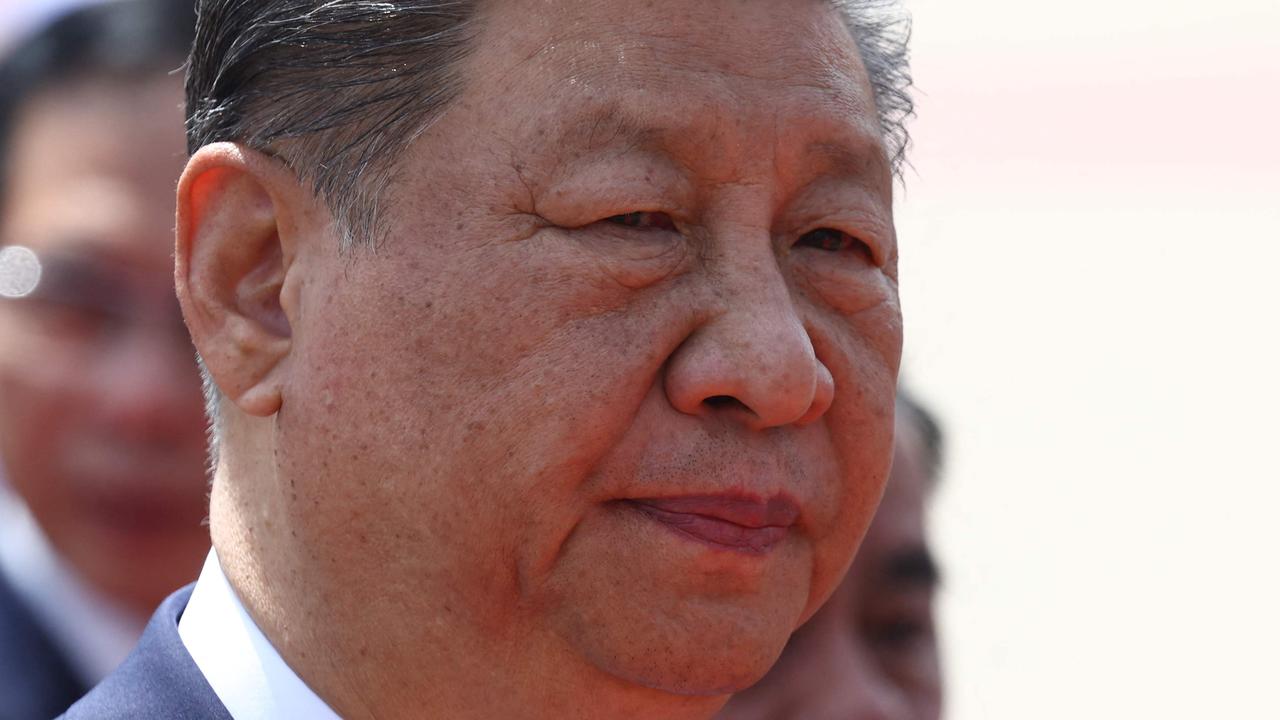‘Not enough’: Poly-employment trend exploding across Australia
A new trend is exploding across Australia, with young workers being forced to ditch the 9-5 job norm for a rather brutal reason.

Business
Don't miss out on the headlines from Business. Followed categories will be added to My News.
If you ask a young person in 2025 what they do for work, there is a high chance they won’t be able to give you a single answer.
The days of being able to survive with one casual job while studying or a few shifts at a local cafe being enough for a young person to get by are rapidly disappearing.
Now if you ask a Gen Zer how they earn money they’ll likely be able to list multiple jobs they are currently juggling just so they can make ends meet.
It’s a rising trend that has been dubbed ‘poly-employment’.
As of January 2025, job growth for 18 to 24-year-olds is up 4.7 per cent year on year, but hours worked per job have dropped by 13.7 per cent, suggesting Gen Z are working more jobs in order to get their hours back up.
Ben Thompson, CEO of HR and payroll software company, Employment Hero, said this poly-employment trend is largely being driven by the evolving economic landscape.
There has been a rise in casual and part-time work, particularly post-pandemic, as people seek new ways to increase their finances amid the rising cost of living.
“The shift toward more flexible, casual roles offers workers the chance to gain income from various sources rather than relying on a single, full-time position,” Mr Thompson told news.com.au.
“Factors such as rising costs of living, inflation, and the growing gig economy are pushing more Australians, particularly younger workers, to take on multiple jobs to maintain financial stability.”
MORE: Aussie jobs over $150,000 revealed

MORE: Future jobs: Emerging industries and jobs of the future
Employment Hero’s latest SmartMatch Employment Report (SMER), which is built from the real-time employment data of the 300,000 businesses and 1.1 million employees, shows that small businesses are pulling back as they navigate rising costs and economic uncertainty.
Unfortunately, this hesitancy is happening at a time when people are wanting more work in order to keep up financially – with young Aussies taking the biggest hit.
Hiring in the 18-24 age group is stalling, up just 2.5 per cent year on year, and our youngest workers in the 14-17 age group saw their hours slashed by a whopping 24.4 per cent.
In comparison, workers in the 45+ age range saw their hours increase by 6.1 per cent in the past 12 months.
This suggests experience is winning out, meaning young people are having to get creative about how they make their money.
One young person who has jumped on the poly-employment trend is 24-year-old Bernie Tan, who works both in hospitality and as a painter, all while studying part-time in Sydney.
Speaking to news.com.au, she revealed she first started working multiple jobs when she was 22 in order to help out financially at home and pay for her university fees.
Things started to get even more tight when she moved into the city.


“Having to help cover utilities, groceries and student loans on top of that hasn’t been easy and, with the constant rising cost of living, my first job could only barely cover my tuition and any spillover immediately went into covering my basic necessities,” she said.
When she was working just one job Ms Tan often had to rely on overtime and other odd gigs in order to get by.
The 24-year-old said juggling multiple jobs while also studying requires a lot of planning and trade-offs.
“Instead of a day out or a weekend off, I spend the majority of my free time either at work or looking for work,” she said.
One of the hardest parts for Ms Tan is keeping positive and reminding herself that there will come a time when she isn’t feeling like she is living pay cheque to pay cheque.
And she isn’t the only one feeling this way.
“I work in hospitality and the workforce is built on the backs of students having to work at the restaurant after their internships or day jobs to get by,” she said.
Even working multiple jobs sometimes doesn’t cut it, with thousands of Aussies choosing to access their earnings before payday.
Earned Wage Access, a service offered by Employment Hero, allows employers to give their staff on-demand access to their already-earned wages as they are worked, instead of waiting for payday.
Each transaction incurs a 1.3-1.5 per cent fee, with employees being able to request up to 50 per cent of their earned wages, capped at a maximum of $1000 per week.
In 2024, Aussies accessed almost $57 million in early wages, with Earned Wage Access data showing employees used the tool for an average of 18 transactions.
The most common industries to access wages in 2024 were retail, hospitality and tourism, with 54,000 transactions.
It comes as jobs in this sector saw some of the slowest growth, with just a 4.1 per cent increase in the 12 months to January and hours worked plunging by 11.3 per cent.
Healthcare was the next sector with staff that were more likely to access their wages early, with 53,000 transactions. This industry saw just 4.6 per cent growth and a 10.6 per cent drop in hours.
Data from Earned Wage Access showed workers aged 25-34 were most likely to use the service and the most common day of the week people accessed earned wages was Friday.
Ms Tan is one of the thousands of Aussies who have made use of their service, noting that payday and when bills are due rarely line up for her.
While she is usually able to budget and set aside money as needed, there are times when she finds herself with nothing left before her next pay cycle.
“I access my earned wages with Earned Wage Access when I need to, often when it’s been a slow week at work and I still need to live,” she said.
“I reckon I have to do it at least once a month, but it does really help when you’re in a bind. I think it’s a good thing to be able to be paid close to instantly for your time.”
There is no denying that Aussies are finding it increasingly difficult to make their pay cheques last, with things like rising and mortgages, prices and energy bills putting significant strain on our bank accounts.
This is one of the key reasons poly-employment has become so popular and, while Mr Thompson said it can offer financial relief and flexibility, it also highlights the need for “structural changes in the workforce”.
“As we see more workers taking on multiple jobs, businesses and governments must adapt by creating policies that promote job security, fair wages, and career growth opportunities,” the CEO said.
“A more holistic approach to workforce management that addresses the root causes of poly-employment, such as the cost of living and job instability, will be essential for creating a balanced and sustainable employment future.”
More Coverage
Originally published as ‘Not enough’: Poly-employment trend exploding across Australia









